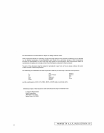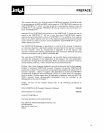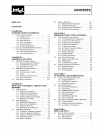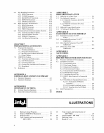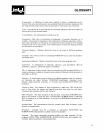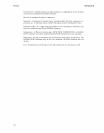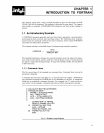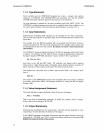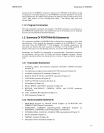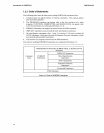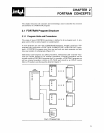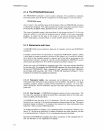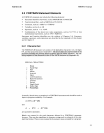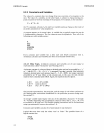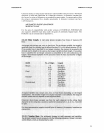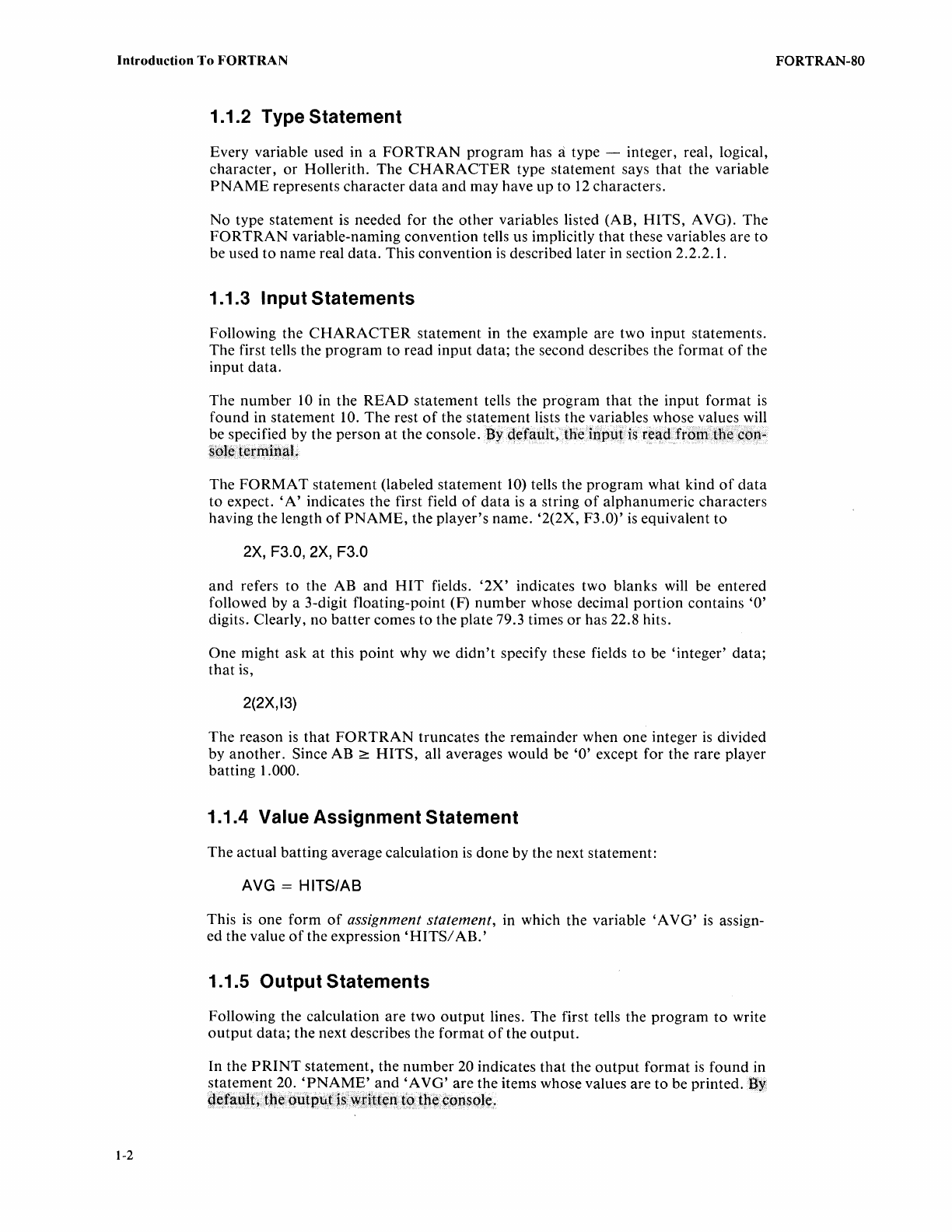
Introduction
To
FORTRAN
1-2
1.1.2 Type Statement
Every variable used in a
FORTRAN
program has a type - integer, real, logical,
character,
or
Hollerith. The
CHARACTER
type statement says
that
the variable
PNAME
represents character
data
and
may have up to
12
characters.
No type statement
is
needed for the other variables listed (AB, HITS, AVO). The
FORTRAN
variable-naming convention tells us implicitly
that
these variables are to
be used
to
name real data. This convention
is
described later in section 2.2.2.1.
1.1.3 Input Statements
Following the
CHARACTER
statement in the example are two input statements.
The first tells the program to read input data; the second describes the
format
of
the
input
data.
The
number
10
in the
READ
statement tells the
program
that
the input format
is
found in statement 10. The rest
of
the statement lists the variables whose values will
be specified by the person
at
the console.
By
default,thein,pu(is reaclfrOl11tbecori-
soleierlllinaL
The
FORMAT
statement (labeled statement
10)
tells the program what kind
of
data
to
expect.
'A'
indicates the first field
of
data
is
a string
of
alphanumeric characters
having the length
of
PNAME,
the player's name. '2(2X, F3.0)'
is
equivalent to
2X, F3.0, 2X, F3.0
and
refers
to
the AB and
HIT
fields.
'2X'
indicates two blanks will be entered
followed by a 3-digit floating-point (F) number whose decimal
portion
contains
'0'
digits. Clearly, no
batter
comes to the plate 79.3 times
or
has 22.8 hits.
One might ask
at
this point why
we
didn't
specify these fields
to
be 'integer' data;
that
is,
2(2X,13}
The
reason
is
that
FORTRAN
truncates the remainder when one integer
is
divided
by another. Since AB
~
HITS,
all averages would be
'0'
except for the rare player
batting
1.000.
1.1.4 Value Assignment Statement
The actual batting average calculation
is
done by the next statement:
AVG = HITS/AB
This
is
one form
of
assignment statement, in which the
variable'
AVO'
is
assign-
ed the value
of
the expression
'HITS/
AB.'
1.1.5 Output Statements
Following the calculation are two
output
lines. The first tells the
program
to
write
output
data; the next describes the
format
of
the
output.
In the
PRINT
statement, the
number
20 indicates
that
the
output
format
is
found in
~t~teI11e~t?O:'.flN~¥.E'~nd'AV9'
are the items whose values are
to
be printed.
lly
Qefa;tllt~.theoutpqtis~xi~t~n.
~qtheconsoJe.
FORTRAN-SO



